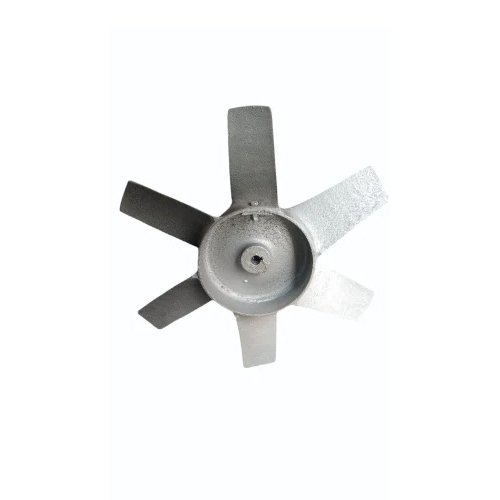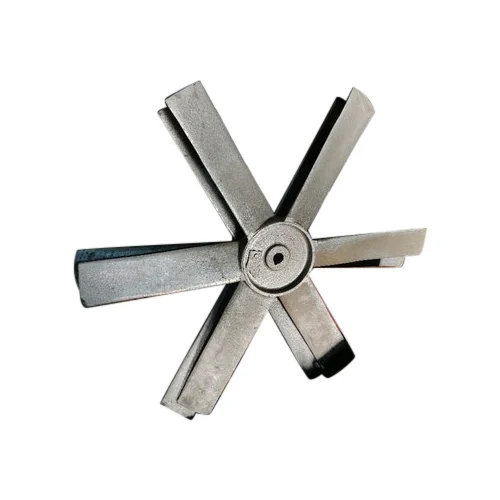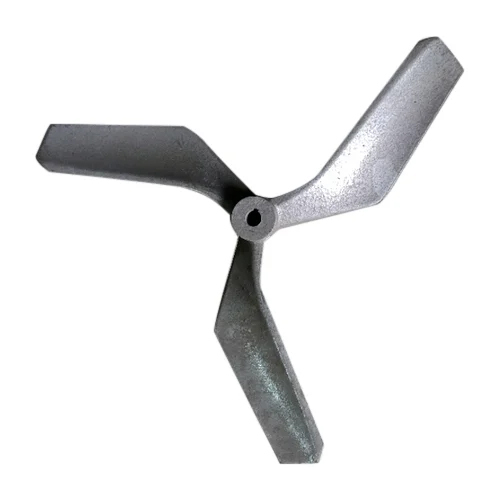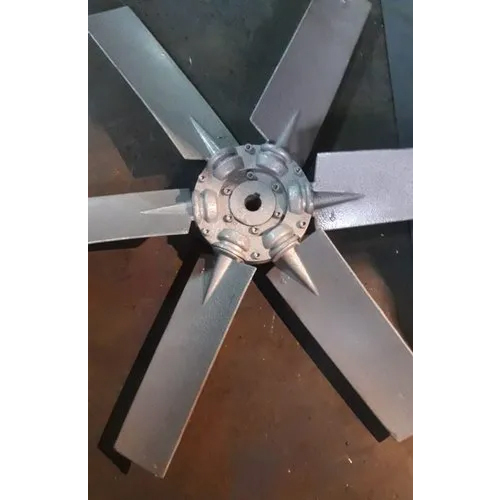Aluminium Impellers Fan Blade
1500 INR/Piece
Product Details:
X
Aluminium Impellers Fan Blade Price And Quantity
- 1 Piece
- 1500 INR/Piece
Aluminium Impellers Fan Blade Trade Information
- Cash in Advance (CID)
- 10 Piece Per Month
- 5-7 Days
- All India
Tell us about your requirement

Price:
Quantity
Select Unit
- 50
- 100
- 200
- 250
- 500
- 1000+
Additional detail
Mobile number
Email







 Send Inquiry
Send Inquiry Send SMS
Send SMS